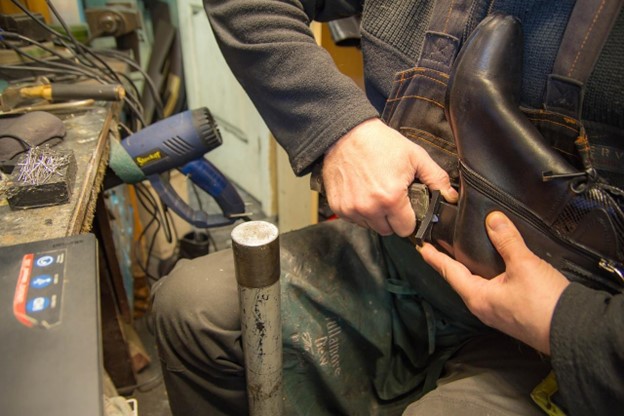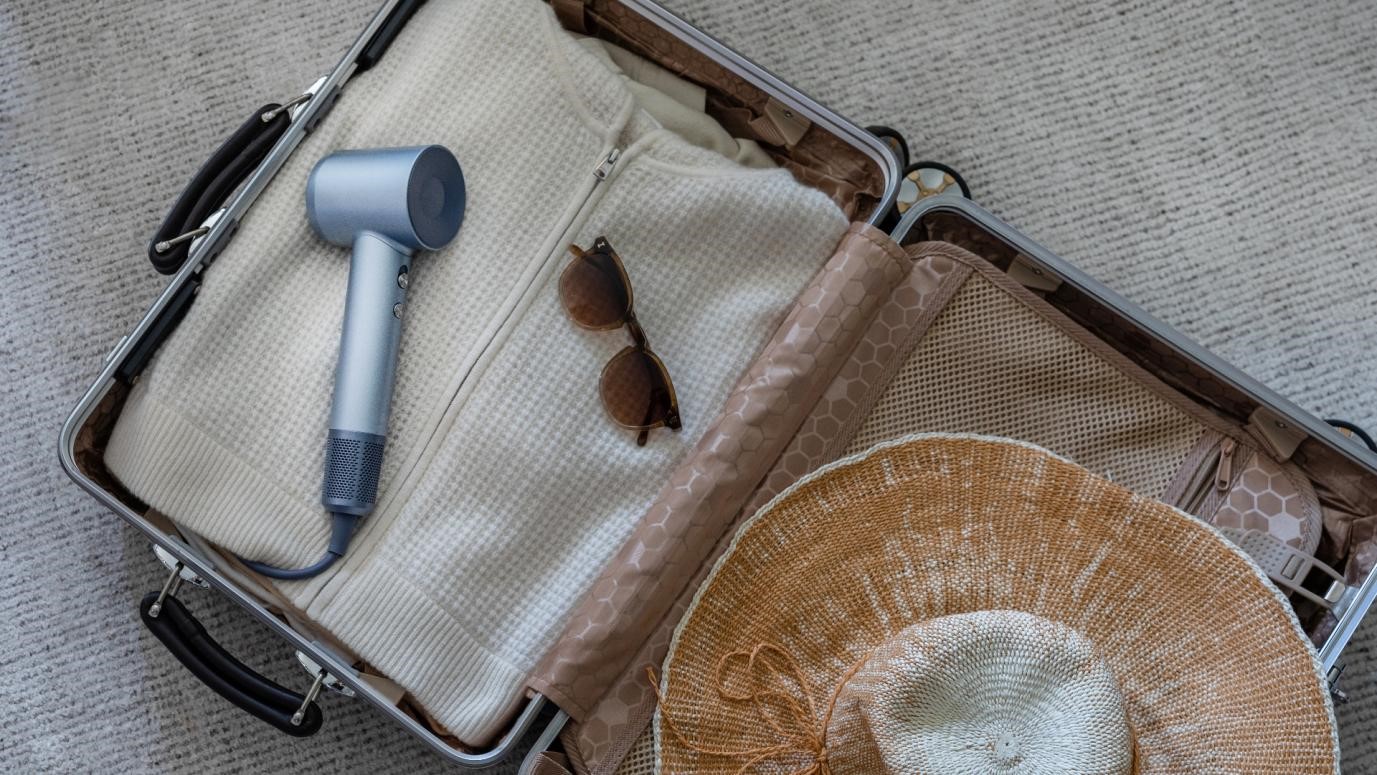Record players and vinyl collections are coming back into style as a nostalgic, groovy way to listen to your favorite bands. Many prefer the raw sound produced by vinyl compared to online streaming or CDs. If you are unfamiliar with playing vinyl, owning a record player may seem like a pretty straightforward deal. However, turntables are fragile and sensitive to dirt, which means you need to keep them clean to protect them from damage and keep them running properly. For regular turntable users, you may be wondering if there is a better way to maintain your record player without the intense cleaning regime and frequent or expensive cartridge and stylus replacements. Selby, an electronics dealer in Melbourne, Australia have seen turntable sales surge in the last 2 years. Their experts in the shop shared these tips for maintaining your turntable for years in top shape. The best way to extend the life of your turntable and your records is to prevent them from getting dirty in the first place. By following a few simple tips, you can reduce the amount of detailed cleaning you need to do and prevent damage to your record player.
Record Storage and Usage
The first step to record maintenance is proper storage and handling. Store your records vertically so that they do not lean in one direction and avoid overcrowding your shelves to reduce pressure on the records. Additionally, static electricity can attract dust to the vinyl surface. You can reduce the likelihood of static in the room by maintaining a moderate humidity level and temperature of approximately 20 degrees Celsius. Use an anti-static brush or gun on the record surface when you place it on the turntable.
One of the most important tricks of handling disks is to never touch the record surface. Ever. Practice pulling your records out while only making contact with the side of the record or the center hole. Placing records on the turntable and removing them is straightforward, with two hands on the outer edges of the disk, and the platter doesn’t need to be spinning while you do this.
Follow these guidelines and you should never need to clean your records with machines or fluids.
Vibration and Turntable Support
An often overlooked subject that can impact the longevity of your record player is environmental vibration. If your floorboards transfer footfalls easily, then footsteps can cause damage to the suspension. To avoid this, store your turntable on a hifi audio stand with isolation pads, or attach it directly to the wall. Take note of the position of your speakers relative to the turntable, as sound waves from bass frequencies can produce the same effect. It is also important that your turntable is stored completely level. Use a bubble level to ensure that the platter sits horizontally.
Stylus and Cartridge Maintenance
Stylus maintenance is an often debated subject. Some long-time record owners preach that cleaning your stylus risks damage to the cantilever, which outweighs the benefit of removing dust. If you effectively prevent the gathering of dust on your records, there should be no need to clean the stylus. However, using fluid cleaner on your records or depositing oils from your fingers via mishandling will definitely cause a buildup of dirt on the stylus. It is essential to remove dirt from the stylus to avoid permanently damaging your records. Use a magnifying glass to determine if your stylus is dirty. If so, use a high-quality stylus cleaner, keep the arm locked, and exercise extreme caution.
Most manufacturers recommend replacing your stylus after about 1,000 hours of use. Stylus life, however, is an extremely subjective and variable concept. It greatly depends on how well your turntable is preserved and cleaned. Some experts report getting over 5,000 hours out of their stylus before needing a replacement. Check your stylus with a magnifying glass after about every 500 hours to monitor the wear. You may also begin to notice changes in the sound quality, which is a tell-tale sign that it’s time for a new stylus. There are two types of cartridges that will impact the stylus replacement process:
Moving coil: These cartridges are more sensitive and expensive, and unfortunately do not allow the user to replace the stylus. This means you’ll have to send your cartridge back to the manufacturer for re-tipping. Some people prefer to simply purchase a new cartridge instead.
Moving magnet: These simpler cartridges allow you to easily remove the stylus and install a new one, making them cost effective in the long run, although some record listeners prefer the more detailed sound produced by moving coil cartridges.
Belt and Wheel Replacement
For belt drive turntables, replace the belt every few years, or consult the manufacturer for advice on your specific record player type. You may notice the belt slipping on the pully when you power it on, which is a good sign that it needs to be replaced. For turntables with idler wheel drives, replace these when they are losing pitch stability or become noisy. Direct drive record players should require no maintenance at all, besides oiling the bearings occasionally. Consult the user manual for how often this needs to be done.
Finally, make sure your turntable gets regular tune ups by a professional, especially for suspended turntables. This combined with proper maintenance and clean habits should keep your record player running smoothly and protect sound quality with minimal costs.








Add Comment